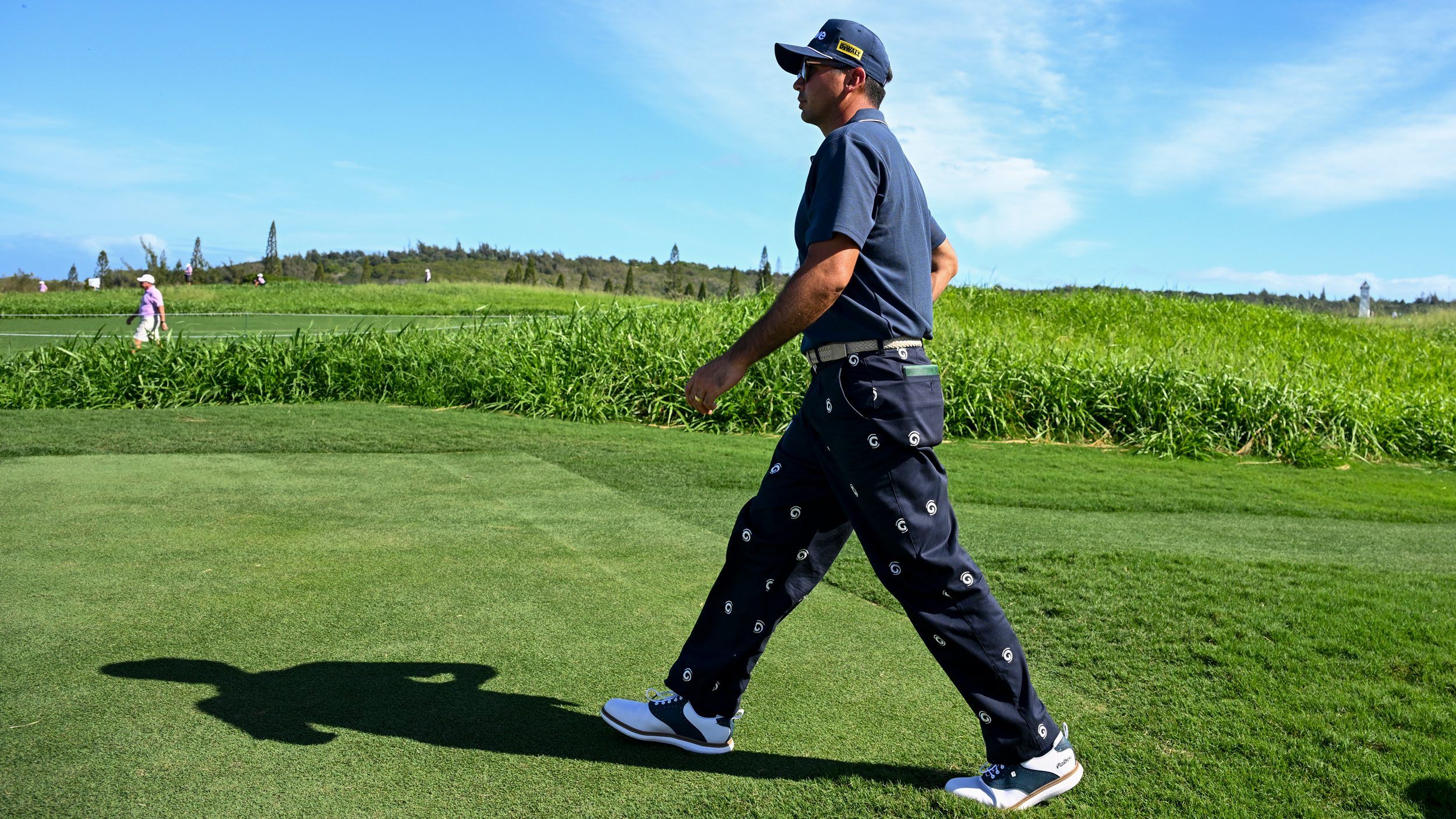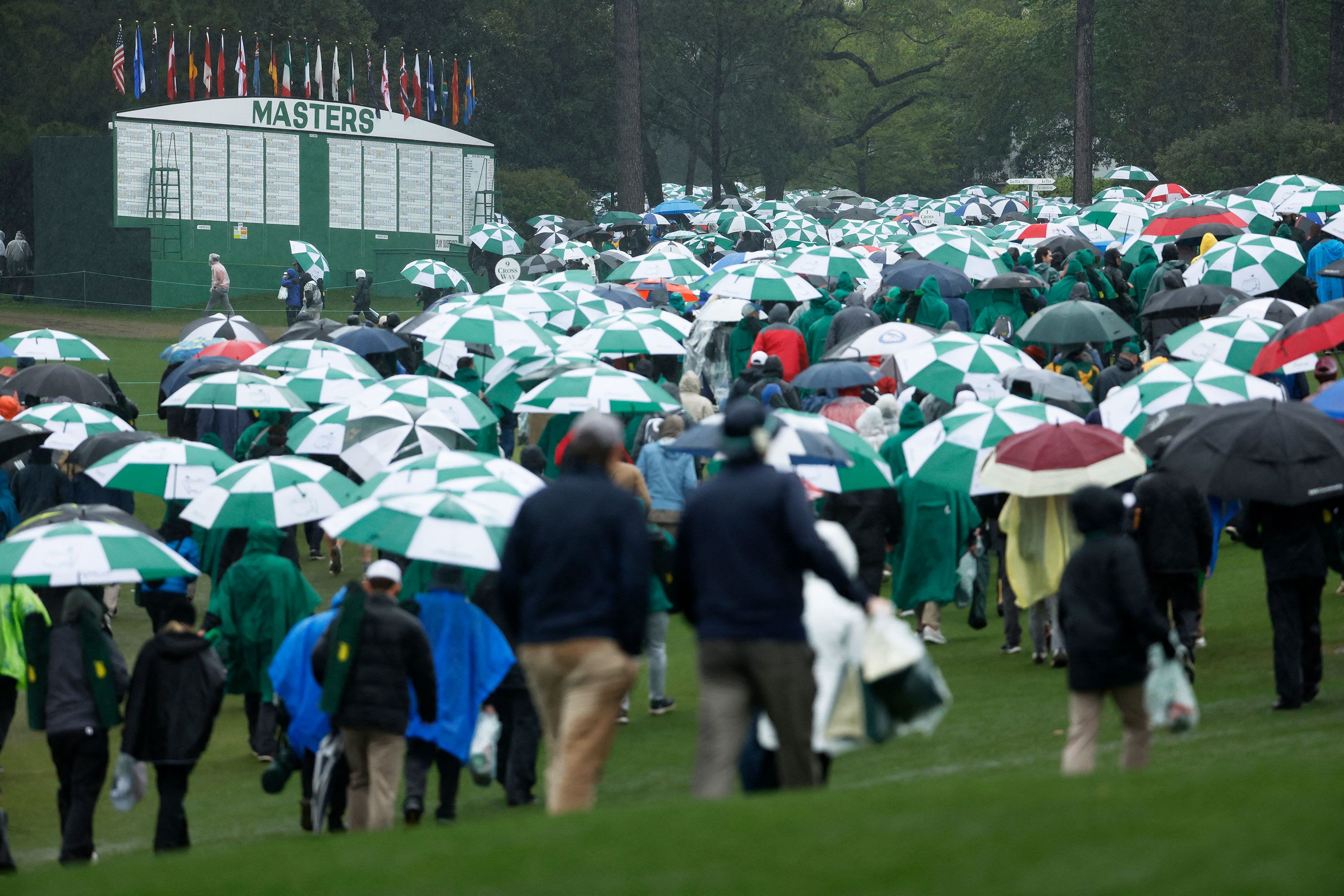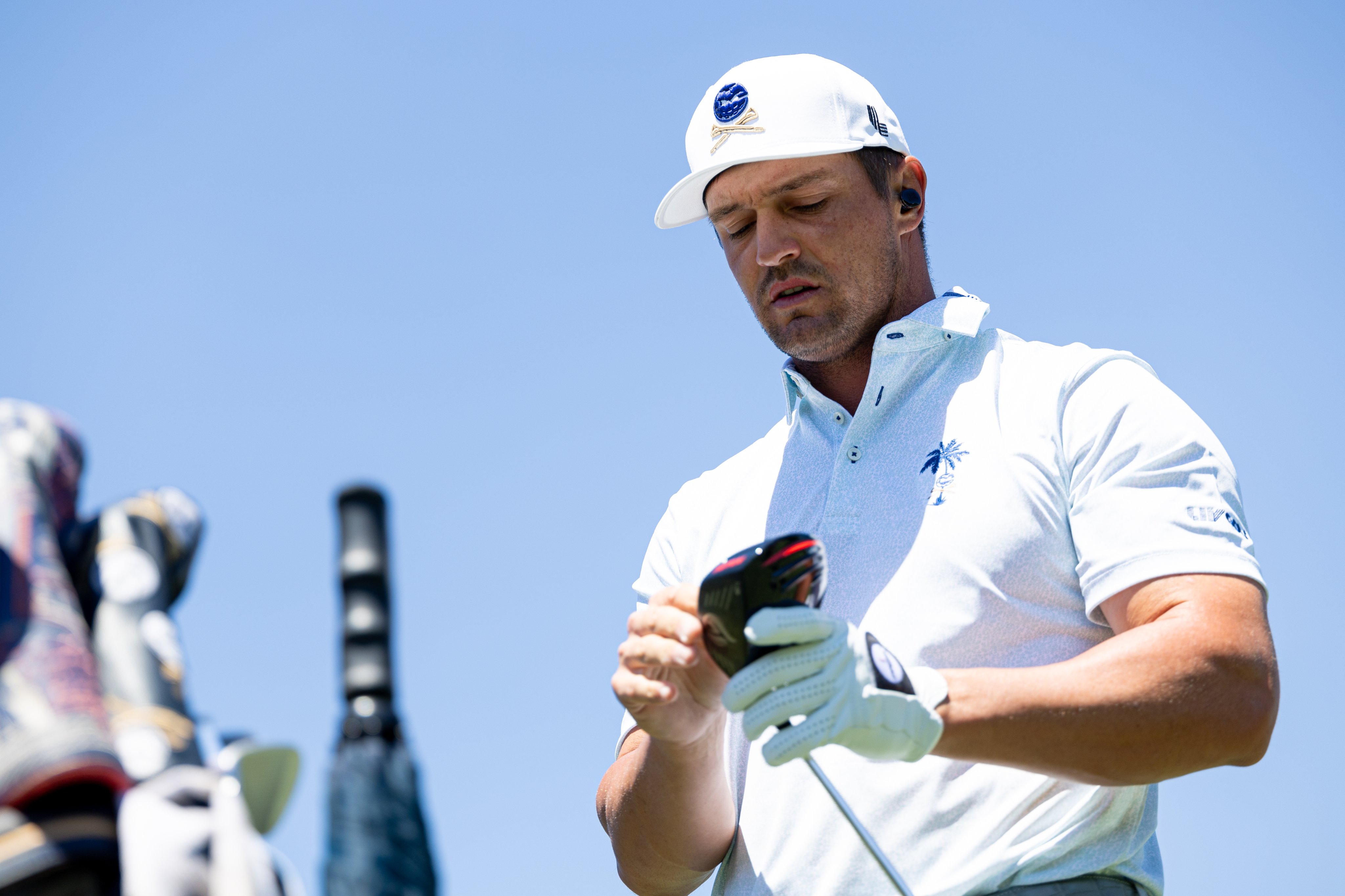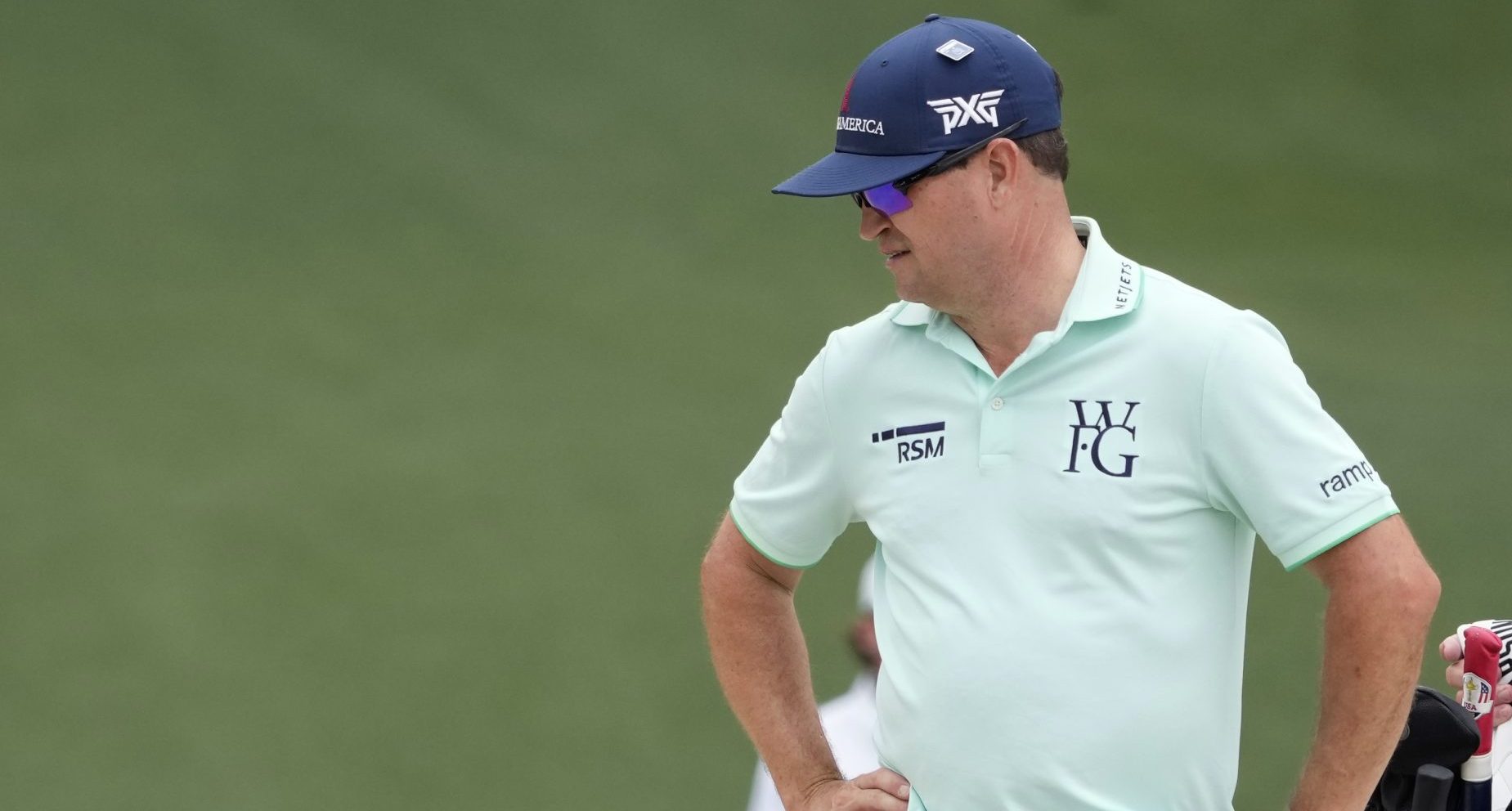Golf Instruction
In vs. Off-Season Golf Training and Periodization
Note: This is a fitness article. Before working out, assess your physical fitness, consult a doctor, strength coach and/or golf instructor, and do not continue working out if you experience any pain.
Now that the off-season has arrived here in the Northeast, I thought this would be a timely post since this is probably the first off-season that I’ll be going in with a well-thought-out plan and some clear goals.
Arguably, the off-season can be the the most important time for a golfer. This is when you can take the time to make drastic technique and fitness changes that will help you make sure that you’re playing quality golf from the beginning of the next golf season (instead of spending the first 2-3 months relearning your iron swing and trying every driver “swing fix” you find on YouTube). In contrast, once the golf season starts you should only be reinforcing some minor tweaks and looking to maintain your fitness. Accordingly, your in and off-season practice and training methodology should NOT be the same throughout the year. In the fitness community, this concept is known as “Periodization,” which basically means by altering training volume and intensity over an extended period of time, you’ll be able to maximize gains and achieve peak performance when it’s needed (i.e., at the start of the golf season).
To illustrate, since I live in the Northeast, this is roughly how my year breaks down:
- In-Season: April until October
- Off-Season: November until March
However, for Periodization it’s not as simple as In and Off-Season. Instead, there’s four different phases of the year:
- In-Season: May until October
- Recovery/Foundation: early November
- Strength Building: mid/late November through early February
- Speed: mid-February through April
Now let me break it down into more detail and illustrate how Periodization affects the focus of each phase:
I. Recovery/Foundation (early November)
You’ve just spent the past five months playing golf once, sometimes twice, a week, along with the normal mid-week range session. That’s a LOT explosive rotational movement and stress on the spine. So now it’s time for a brief rest. During this phase, avoid ANY exercises that require explosive rotational movements. Instead, focus low impact movements like stretching, mobility exercises, foam rolling, body weight movements, resistance band work, and maybe even some yoga. The goal here is recovering and letting my body heal before the next phase.
Foe example, a normal training day during this phase will consist of full-body workouts consisting of various body weight movements (squats, lunges, push-ups, pull-ups), some lightweight deadlifts (focusing on form), various plyometrics (planks, hip thrusts, bridges), and cardio (treadmill or rowing machine).
II. Strength Building (December through mid-February)
Now that you’ve recovered, it’s time to build some brute strength. Personally, I’m a big fan of a modified Jim Wendler’s 5/3/1 (Men’s Fitness link) strength training program 1) because it’s proven to work and 2) it allows you to train 3 days a week. Here’s a modified 5/3/1 training week, since I will be omitting the shoulder day. Now, the 5/3/1 program is NOT for everyone, nor is it the only way to get stronger. And regardless of how you want to train, the most important factor is that you remain committed to whatever program you want to use. Nothing will hinder your fitness development more than taking a week off here or sporadically changing the program.
In addition to building that brute strength, try to get some cardio in there. To maximize the returns (and avoid spending 45 minutes on a treadmill wanting to shoot yourself), go with a high intensity exercise–treadmill/rowing machine sprints and jump rope–with repeated short intervals (e.g., 10 rounds of 30 seconds on/30 seconds off)
III. Speed Building (mid-February through April)
So you’ve spent the past few months grunting and picking things up and putting them down, but now it’s time to rejoin civilization and start getting ready for golf. The goal here is to convert all your newly acquired strength and turn it into explosive strength and speed. Most of the exercises here should be from your Accessory Work list, but it’s also time to start introducing some rotational exercises (resistance band twists, woodchops/single arm rows, medball throws, etc.) that will reinforce disassociation motor patterns and balancing.
If you can, target four training days in the earlier part of this period so when the season starts, you don’t feel guilty swapping that fourth training day out for some time on the course. Also, always use lighter weight with any rotational exercises. It’s more important to build speed and not unnecessarily increase the risk of injury.
IV. In-Season (May through October)
It’s finally time to see all that hard work pay off. While you shouldn’t expect to shoot a bogey-free round right out the gates, you should be feeling stronger, faster, more mobile, and, as a result, generating a much higher ball speed with all your clubs. However, the last thing you want to happen is that you lose all that new strength, speed, and mobility. Therefore, I would recommend a blend of the Strength and Speed Building phases. Each week, pick a different Strength Exercise, for 3 sets of 6 reps, and then pick a few Assistance Exercises, each for 2 sets of 10-15 reps. In addition to maintain your strength, it’s just as important to get in quality Rehab, Recovery, Mobility and Strength Work, so make sure to keep stretching, mobility exercises, foam rolling, body weight movements, resistance band work, yoga, pilates, etc.
Now, this goes without saying, but regardless of what Periodization phase you’re in, you should also be occasionally picking up the clubs and doing some skill/practice work. For example, give yourself a week or two off at the beginning of Phase I (Recovery/Foundation), but after that maybe start with an entry-level SuperSpeed Protocol (if necessary, swing an alignment stick or driver shaft without a head), take a lesson, or hit the range or simulator a couple times a month, and slowly work on building up your swing speed and technique. But, as discussed above, try to limit your explosive rotational movement during the Recovery/Foundation and Strength Building phases. So instead of always trying to swing for max swing speed, work in some isometric and/or resistance band holds since they won’t tax the body as much.
Last 2 things before wrapping this up. First, I will be documenting my progress throughout this off-season, so expect periodic posts. The first one of these will include a baseline of my current Driver, 5 Iron, and 9 Iron swing speeds. Second, here are a few golf/fitness individuals that I follow. I believe each of them offers something unique and valuable.
- Mike Boyle (@bodybyboyle)
- Titleist Performance Institute (@mytpi)
- Premier Fitness Systems (@pfsgolf, @ando_pfs, @brandon_pfs)
- Par Four Performance (@parfourperformance)
- Fore Fitness Golf Performance (@forefitness)
- Teddy Willsey (@strengthcoachtherapy)
- Kirk Adams (@kirkadams)
- Joey D Golf (@joeydgolf) and Brandin (@deets.fitness)
- Kolby Wayne (@kolbywayne)
- Trevor Hypolite (@trevorhypolitegggafit)
- Alex DeVilling (@smashfactor_fitness2.0)
- Roy Chan (@roydianchan)
- ROMWOD (@romwod)
- Adam Kolloff (@akolloff)
- Steven Giuliano (@sggolfcoaching)
Cover Photo via Instagram
-
Equipment5 days ago
Bryson DeChambeau is Using Custom 3D Printed Irons at The Masters
-

 Fantasy Golf Predictions1 week ago
Fantasy Golf Predictions1 week agoFantasy Golf Picks, Odds, and Predictions – 2024 Masters Tournament
-

 News1 week ago
News1 week agoMalbon Has Jason Day Looking DAPPER for The Masters
-

 Fantasy Golf Predictions2 days ago
Fantasy Golf Predictions2 days agoFantasy Golf Picks, Odds, and Predictions – 2024 RBC Heritage
-

 News1 week ago
News1 week agoDark Skies Ahead: Masters Forecast to Favor Bad Weather Golfers
-
News5 days ago
U.S. Open Champ Takes a Dig at DeChambeau, but Is It Warranted?
-

 News1 week ago
News1 week agoLANDSLIDE: Brandel Chamblee Predicts a Runaway Victory for Past Masters Champ
-
News5 days ago
WATCH: Frustrated Ryder Cup Caption has Choice Words for Masters Patrons













